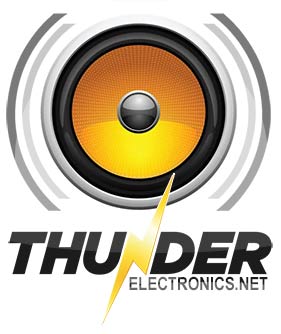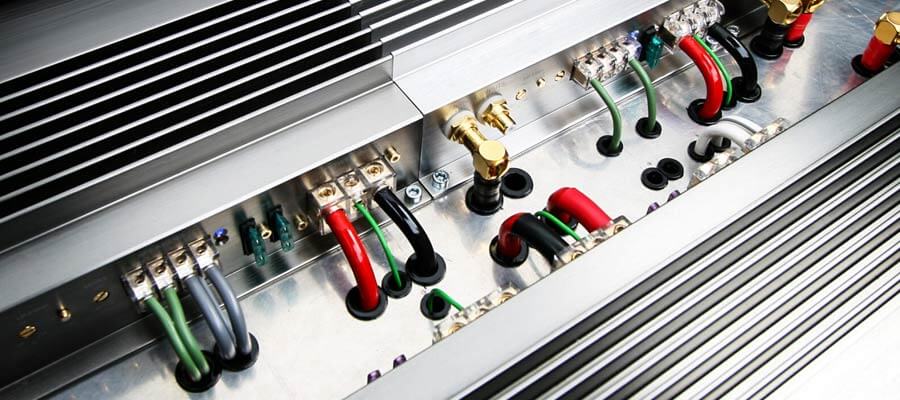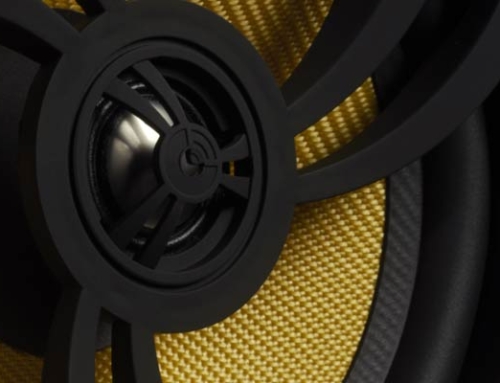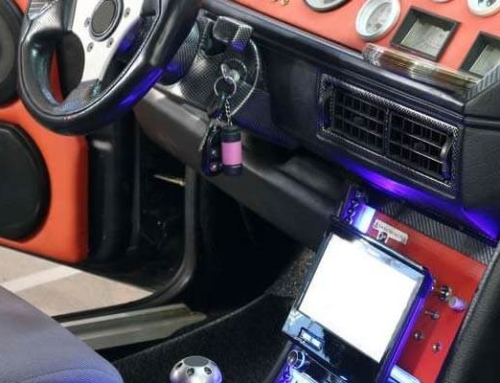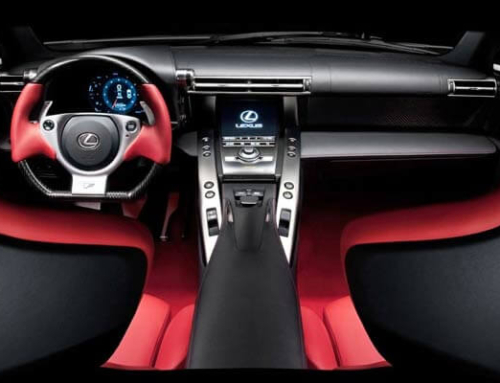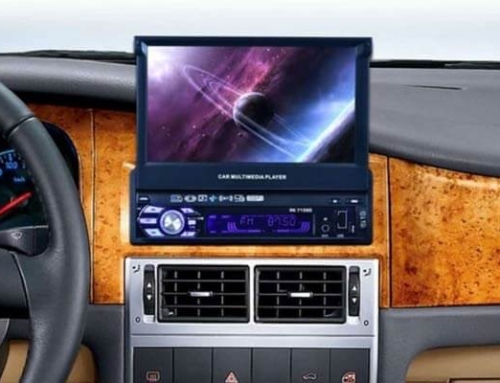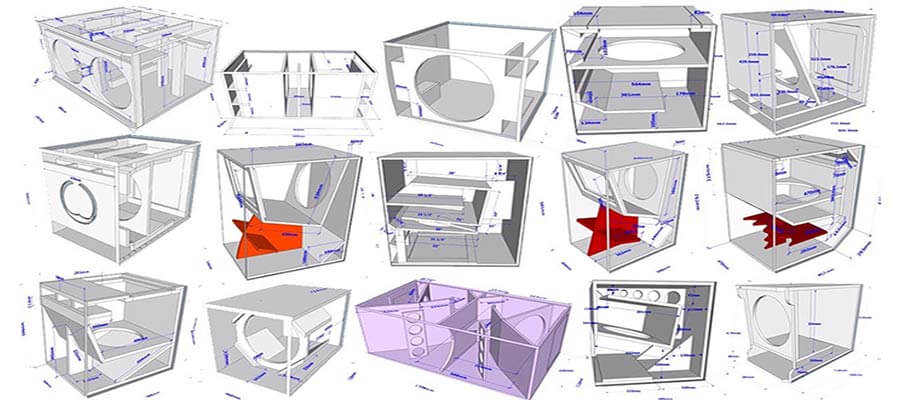
I have been attracted to audio and music reproduction since I was a teenager. When my parents purchased a new stereo system for the living room, I inherited the old Fishers vintage receiver and the three-way tower speakers. I connected my DJ’s set consisting of two Technique 1200s and a Realistic Mixer to it, and it became the system by which I judged everything I heard. Not long after that, a friend was involved in an accident totaling his 72 Nova, and before the wrecker came to pick up the car and take it to the salvage yard, we took as many things as we could from it. Out of it, I salvage a pair of Jense 3-way 6X9. I am talking old-school stuff here, with that blue surround. I took those speakers home, connected them to the B output of my Fisher received, and laid them on top of speaker boxes facing up. That allowed me to play music all day and night without anyone complaining about the bass. I would play the A or the B speakers for a while but never gave it much thought to playing them both! And then, one day, I did. I stood back, and the sound was amazing. For the first time in my life, I experience what audiophiles call imaging and staging. The track was Ozzy Osbourne’s Diary of a Madman, and to this day, I remember the width and height of that song in that system! Although that system had a 12-inch paper woofer in a rather large rear ported enclosure and produced a lot of bass, it was by no means a subwoofer.
The Role of the Subwoofer
Even before CDs became popular, the demand for subwoofers in home systems started to surge. A subwoofer is a speaker purposely designed to play the first two octaves of music. That being 20Hz to 80hz. There are several types of subwoofer box designs, and each has a distinctive sound quality and tonality. Here are the four most popular types of subwoofers in the home and car audio industry.
Sealed Subwoofer:
A sealed subwoofer is the most simple and perhaps the most popular for the simple reason that it is usually the smallest. A sealed box subwoofer is an airtight enclosure and is generally easier to design and build because there is no port to tune. Expect a more accurate frequency response, deep bass extension, excellent power handling, and better transient from a sealed subwoofer. This type of subwoofer is considered to be better at convincingly rendering instrumentals and movies special effects. Consider a sealed subwoofer box if you listen to music that demands tight, accurate bass. Some audiophiles prefer a sealed subwoofer enclosure because it offers a flat response that is not excessively boomy as a vented or bandpass enclosure.
Ported Subwoofer:
The more technical or proper name for a ported or vented enclosure in bass-reflex and, as the name describes, is a box with a hole or tube called a port or vent tunned at a given frequency. This port tube amplifies low-frequency sound waves. Several scientific studies claim that a bass-reflex subwoofer has an advantage over the sealed type when playing intense deep bass notes. Ported enclosures are a little more tricky to build and design. Engineers often rely on CAD modeling to achieve the best tuning frequency and performance. Posted boxes can be excellent or booming, depending on the environment. That is because the size of the environment and tuning frequesncy of the enclosure can resonate.
Bandpass Subwoofer:
As the name describes, a bandpass enclosure reproduces a narrow or wide band of frequencies. The band’s width is referred to as the Q. A “Q” of seven is usually the target design, which accounts for a little over two octaves. That is all relevant to the type. Yes, and even though the 4th order variety is the most common, there are at least a dozen different types of bandpass enclosures, including single reflex and dual reflex, 6th Order, and 8th Order Series, to mention a few. The bandpass enclosure’s claim to fame is its high efficiency and low distortion. BOSE made a name for themselves in the early 80s by bringing to market a bandpass subwoofer that outperformed just about everything in the market at the time. However, driver design and performance improvements have made this type of enclosure obsolete in the car audio industry because, for one, they are three times larger than other types of enclosures. They are not very easy to build and or tune. More often than not, many hours of computer modeling are required in the development and often result in some compromise. One critical flaw of a bandpass enclosure in car audio that is often omitted or not mentioned is that they have minimal distortion! That means you can play it a little too hard and end up with a blown woofer before you know it!
Servo Subwoofer:
Although quite popular in home audio, home theater, and even pro audio. Nowadays, it is hard to find or see a servo subwoofer in a car. That is a shame because if accuracy is what you seek, nothing beats a servo subwoofer. The first time I heard a servo sub on a car was in Richard Clarks’ 87 Buick Grand National. Soon after, I rebuilt my car’s system and installed a Velodyne DF-12SC 12 Inch servo-controlled car subwoofer. If you know anything about modern vehicles, a servo sub is much like OBDII for your subwoofer. It consists of a high-speed accelerometer attached to the woofer’s cone capable of anticipating when the woofer will distort. The servor controller controls the amp’s output and does an excellent job keeping the sub in check and distortion-free. The result is a fast, super accurate bass with no overhang.
Best Sound Quality Subwoofer
During my teenage years, I bounced around to different jobs at places like Best Buy, Audio Advice, Brands Mart, and Circuit City, where I worked in the home audio department. Almost everyone that walked up me had two questions. Which subwoofer is best or which has the best sound quality? Even in the early 80s, in the pre-CD era, people were not too trill about hearing the cone flapping and suspension distortion of pro audio or DJ speakers in their living room but knew they wanted bass in their system. As far as car audio is concerned, there was a lot of experimentation with pro audio speakers like EVs and Eminence speakers mounted in free-air or infinite baffle against the back seat.
I was never a fan of that, although I did have a Buick Regal with two 12″ and two 10″ high Q drivers mounted on a well-sealed board, with the cones facing the trunk, and it won me a lot of shows. But my best-sounding subwoofer, other than the Velodyne DF-12SC 12 Inch, was on my Honda CRX, where I had too much space for two 10-inch subs on a sealed enclosure but not enough for a bass reflex! If you seek the best subwoofer sound, consider combining the sealed and ported box.
This combination will give you the highest quality sound, the fastest transient, low extension, and high SPL. As we have already discussed, every type of subwoofer enclosure has pros and cons. By building a dual cavity subwoofer enclosure where one side is sealed and the second one is ported, your best bet chance in achieving the best sound quality from your subwoofer.
